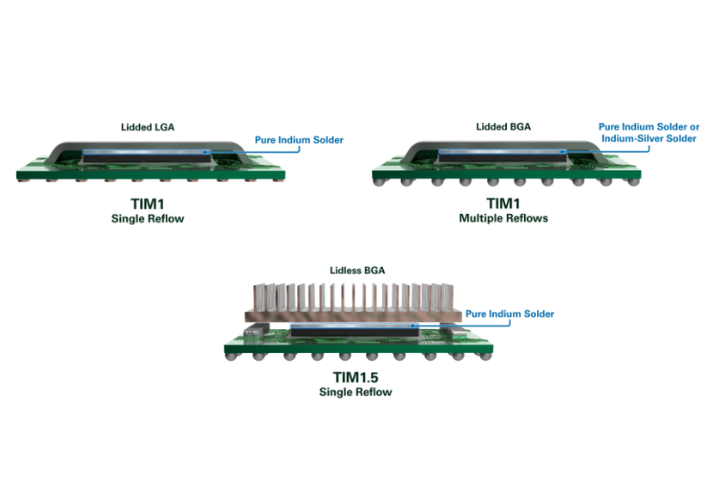Folks,
One would expect manfufacturing standards and auditing procedures for RoHS compliance to emerge at this time. Below is a note from David on this topic.
Dave writes:
Dr. Ron,
I thought you might be interested in this in light of your Blog posting, "General RoHS Questions – Question 1: My questions are centered around RoHS judgments. That is, how I can judge whether a contract manufacturer is RoHS compliant or not? Does a manufacturer need to have a certificate, like a UL certificate."
There's a new standard out (released in May, 2005) EIA/ECCB-954, "Electrical and Electronic Components and Products Hazardous Substance Free Standard and Requirements," that identifies procurement routes, traceability, handling and corrective actions for electronics designers and manufacturers. It is meant to serve as a supplement to ISO 9001-2000 in the area of Hazardous Substance Free (HSF) products. It stipulates processes for products with hazardous substances. It's very similar to ISO 9001 in that it focuses on what needs to be documented.
You can read an abstract of EIA/ECCB-954 here
It does not advise how procurement or design or manufacturing should be performed. It does, however, establish that all those affiliated with the producing of electronics products must understand the regulatory and statutory requirements covering those products, and have processes in place to manage their operations based on their own declaration of how they comply.
Compliance to EIA/ECCB-954 is based on a company's own assumptions as to the completeness of its HSF standards.
The standard defines requirements for implementing processes to test and analyze any HS content, but doesn't state what those test procedures are.
Companies will comply with EIA/ECCB-954 by ensuring their suppliers are qualified to the "root" of supply. That means, for example, an OEM would audit their suppliers, who in turn would audit theirs, and so on, back to the mines. The OEM wouldn't have to specifically check their component supplier's resistor material, but would need to confirm that resistor manufacturer's documents are in place.
The assessment period is based on a company's size. An organization with less than 100 employees would undergo two to three days of on-site surveillance followed by one to 1.5 days of record review. A firm with 500 employees would be subject to 5.5 days of on-site visits and three days of records checks.
Auditing is performed much like ISO. In fact, some of the same companies are expected to do the audits. Once a company is registered as in compliance, they become part of the equivalent of a qualified manufacturers list. Certificates are renewed automatically, provided companies stay in compliance with the documentation requirements.
The standard has already made its way to the international level. ECCB is the U.S. representative to the International Electrotechnical Commission, and the latter's quality management systems group, the IECQ, has adopted the standard for international use
Best regards,
David
This is a welcome development, but I would urge caution for those that hire auditing firms, do your homework….remember this is a business for those that do the auditing. Do some investigation to assure you work with a best of breed firm.



